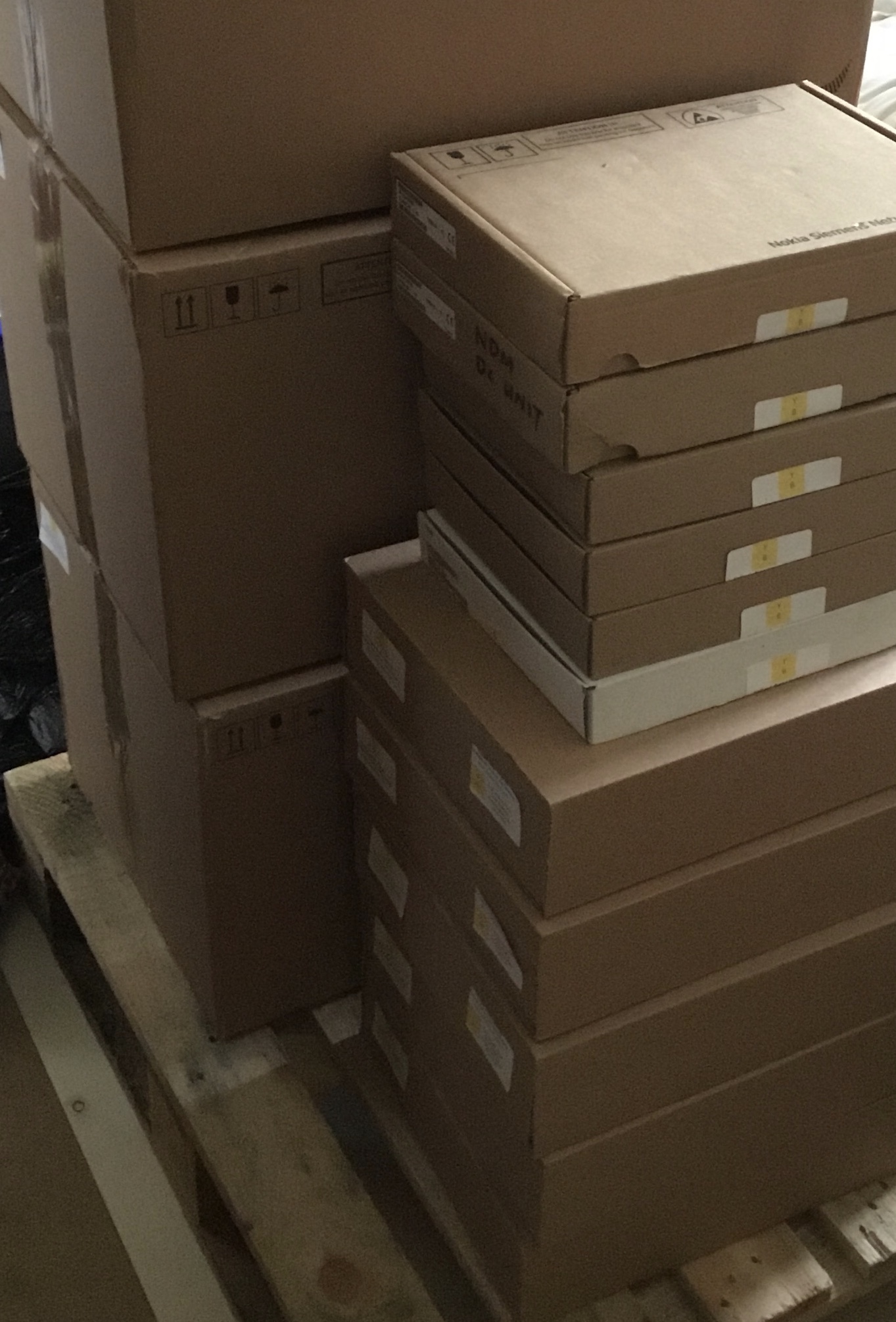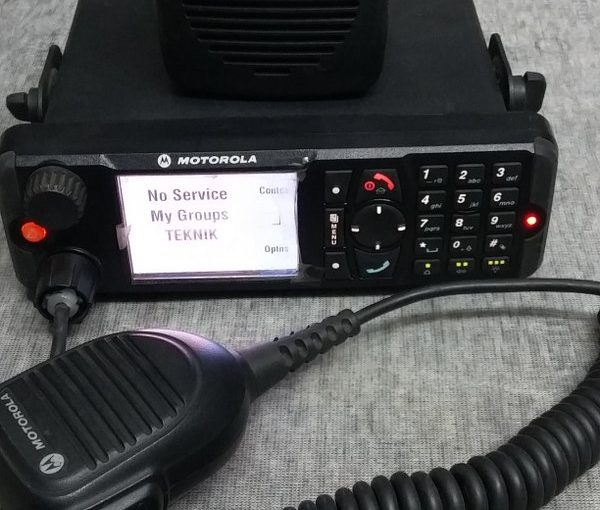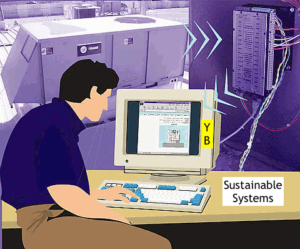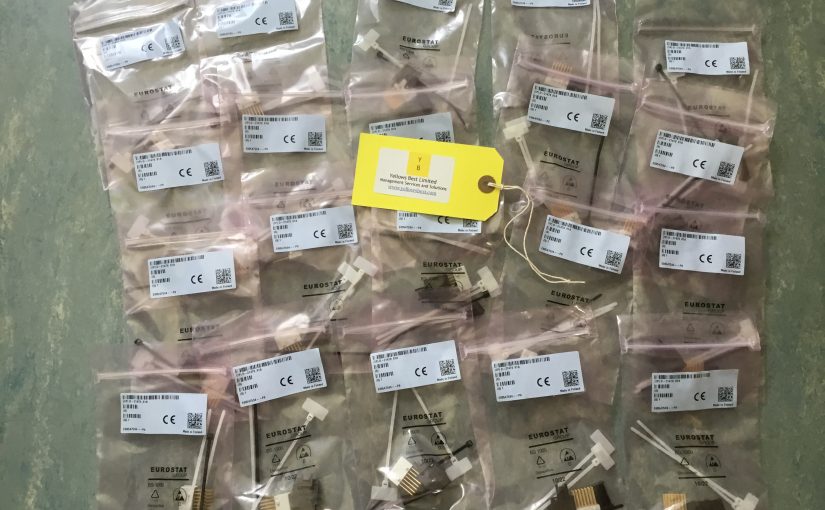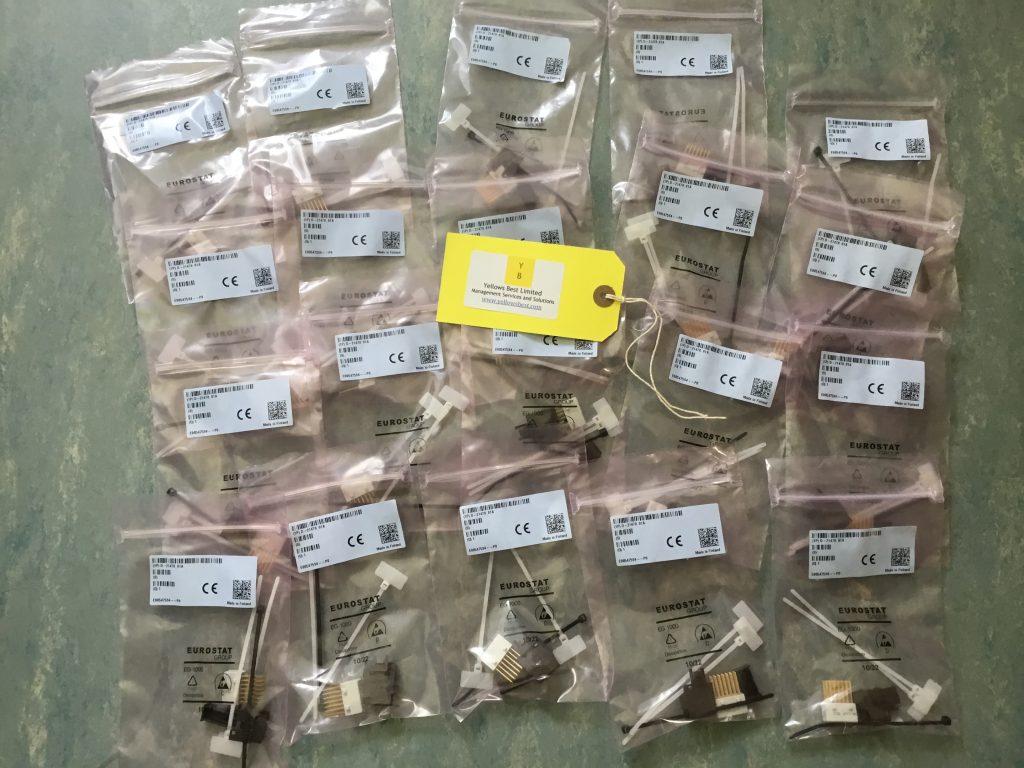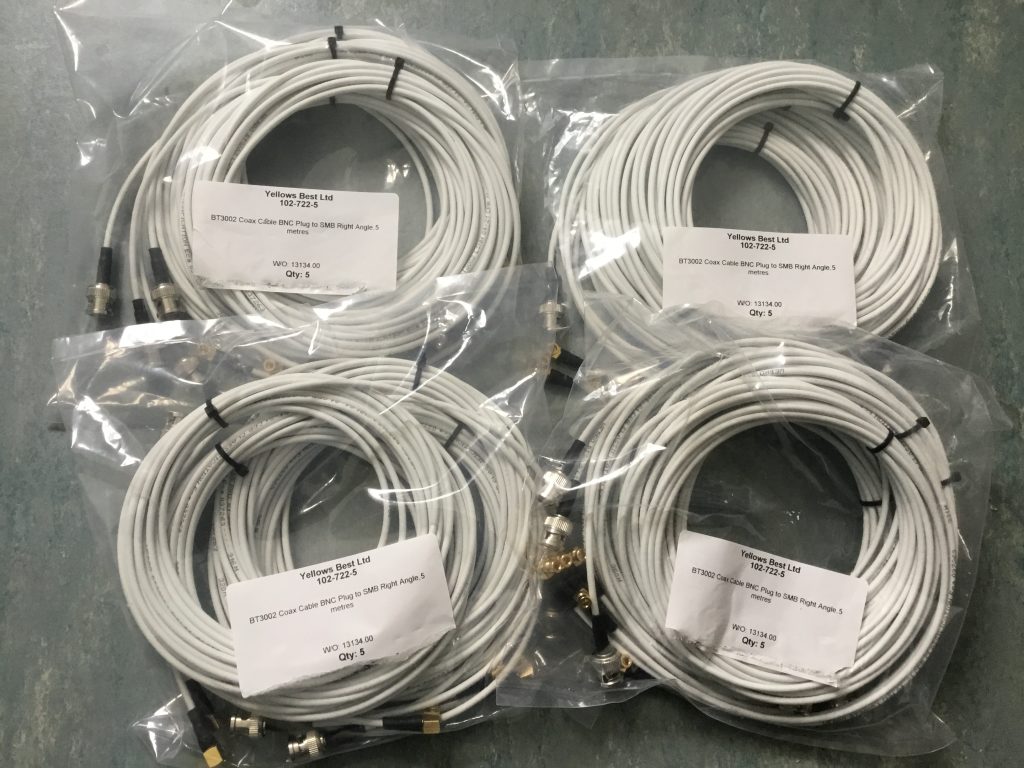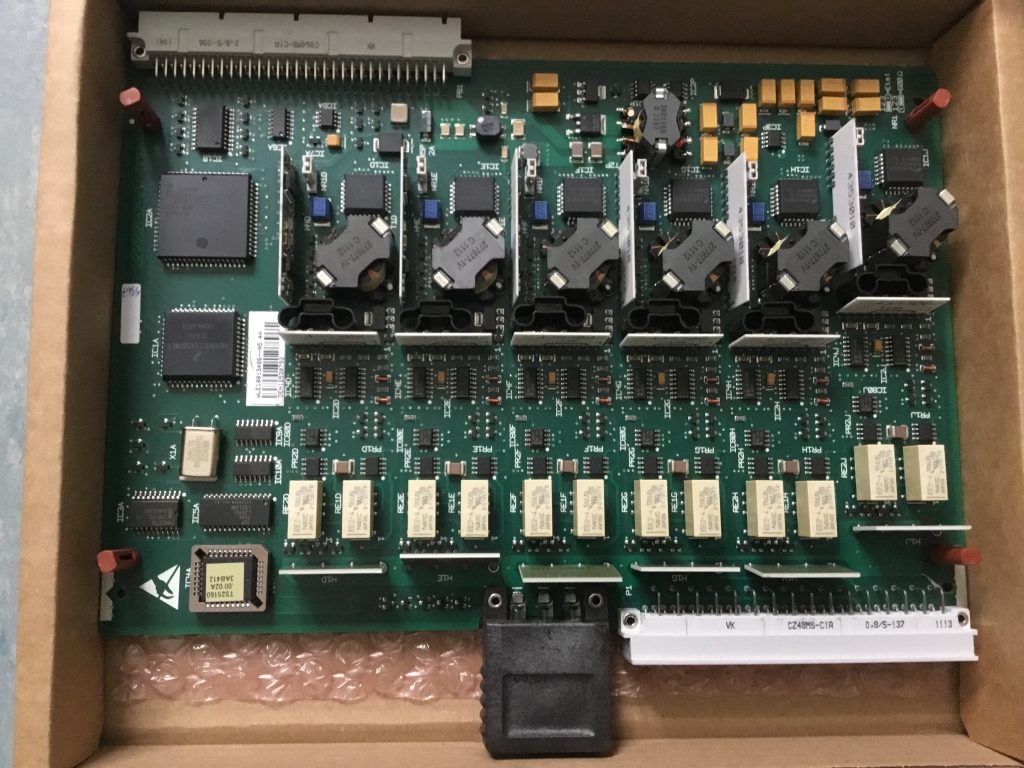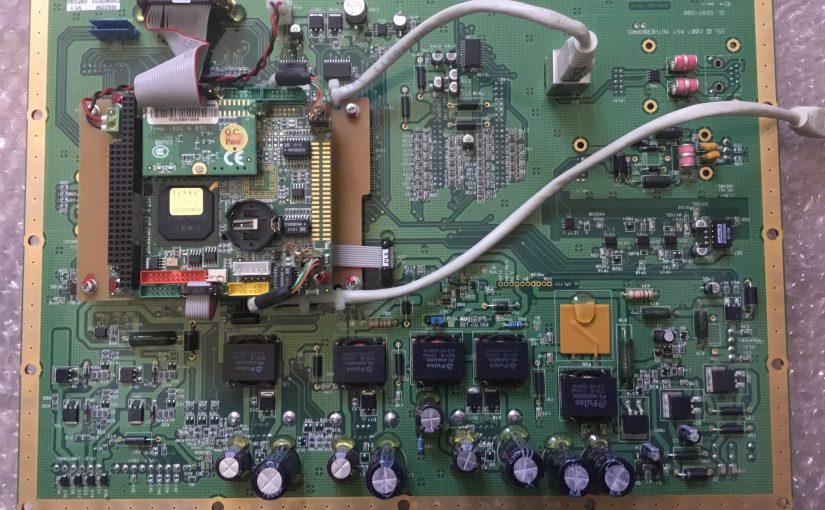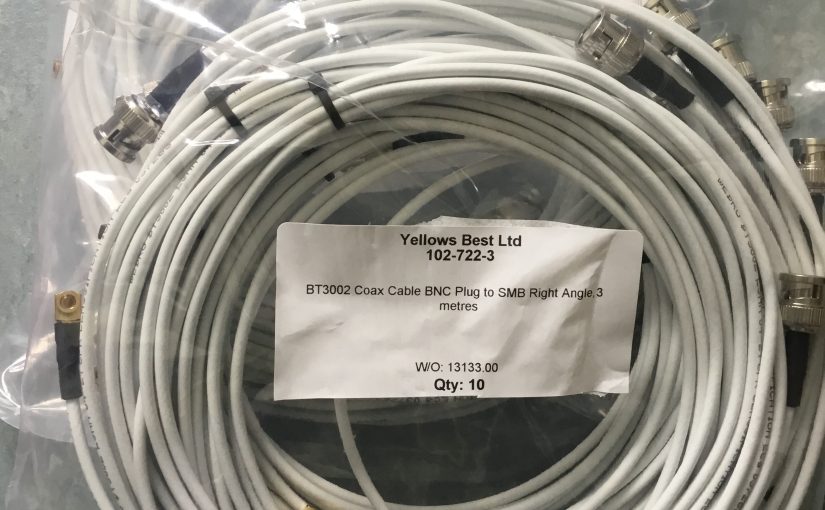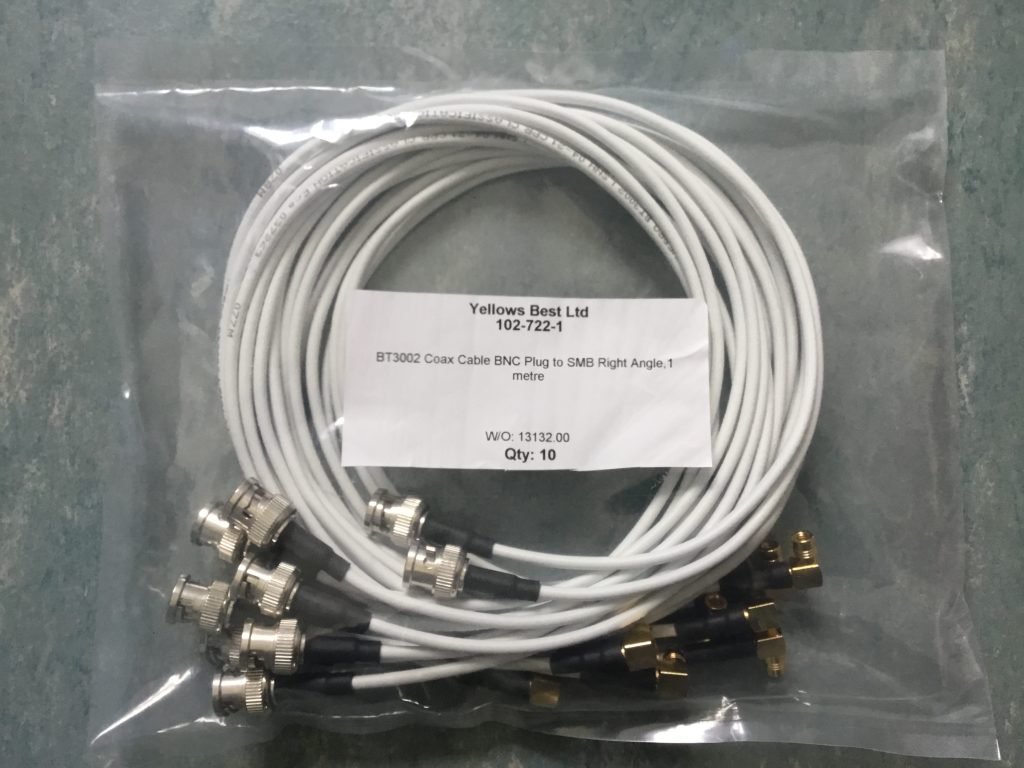Continuing in Keeping Customers Operational
Over the last nine years, @YellowsBestLtd has sought out new, surplus and refurbished products and spare parts to assist with the aim of supporting Customers to maintain rather than replace their infrastructure networks, and as we enter our landmark tenth year, we continue to do so.
The alternative of wholesale replacements requires prohibitive investment costs and long project timescales to implement. And it can be the case that suggested replacements cannot provide equivalent operational lifetimes which therefore become obsolete faster than existing deployments.
Given the investment that has been made over many years, coupled with the fact may operational requirements have not changed, it makes sense to keep systems in place. By suppling spares, offering repair services and technical assistance, we are able to support these aims.
Systems Replacement and ‘Value Recovery’
Eventually, it does become necessary or desirable to undertake network refreshes. Often, we can help evaluate, source and implement suitable systems.
As discussed recently at the Engineering Design Show, we are able to utilise the capabilities of a network of local manufacturers to replicate and if necessary reverse-engineer components and products to meet exacting performance requirements.
When replacing existing networks, we are able to offer to Remove, Resell and/or Recycle existing equipment, generating revenue from the ‘Value Recovery’, and importantly ensure that items are disposed of in the most ethical and environmentally respectful way.
Equipment recently supplied and/or currently stocked
Certain product families continue to prove their excellent availability and reliability, and we are fortunate to continue to be able to provide stock of many of these items, either in new, surplus or refurbished condition.
Examples of such products follow; should there be anything specific you require, please do not hesitate to get in touch; we look forward to hearing from you!
Nokia ‘Dynanet’ PDH – Definitive Spares List
Keymile UMUX – Multiservice Access Solutions
Marconi XMP1 – telecommunications
Nokia, Marconi and Ericsson SDH – Synfonet, SMA and OMS
Sagem – ADR SDH family
RadiFlow – Cybersecurity Solutions for the Industrial IoT
TETRA – Equipment and Terminals for PMR Networks
Bosch – Professional CCTV Cameras

